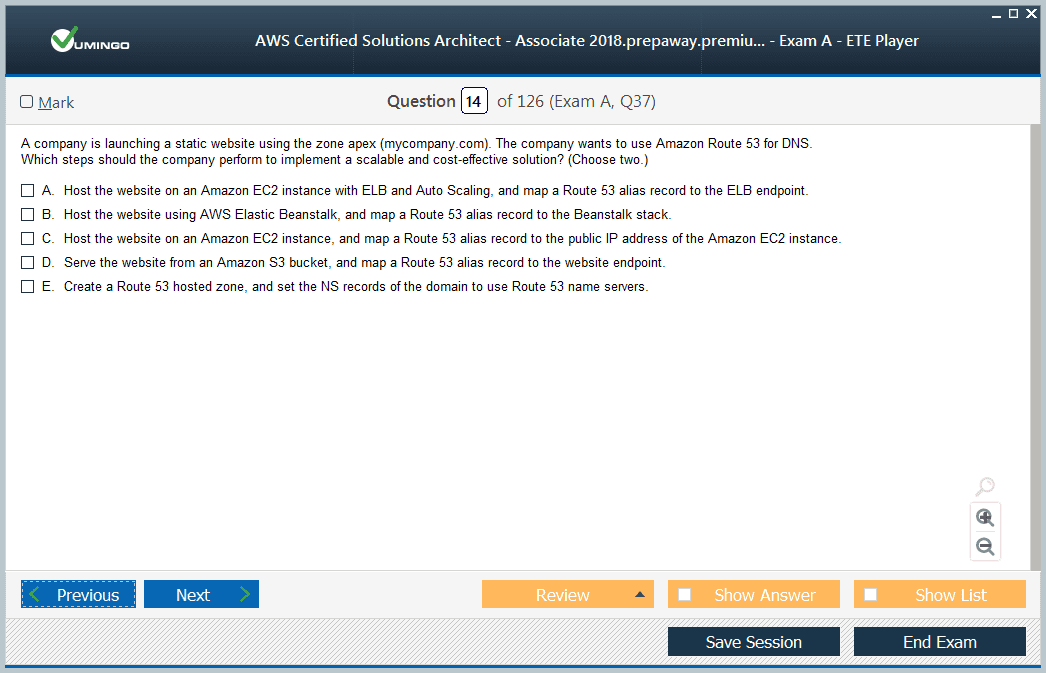
When the primary resource is unhealthy, Routeĥ3 responds to DNS queries using the secondary record. When the primary resource is healthy, Route 53 responds to DNS queries using the primary record. To create an active-passive failover configuration with one primary record and one secondary record, you just create the records and specify Failover for the routing policy. If all the primary resources are unhealthy, Route 53 begins to include only the healthy secondary resources in response to When responding to queries, Route 53 includes only the healthy primary resources. Use an active-passive failover configuration when you want a primary resource or group of resources to be available the majority of the time and you want a secondary resource or group of resources to be on standby in case all the primary resources become unavailable. Route 53 will only send requests to the instance if the health checks fail for the ALB. Set up a Route 53 active-active configuration with the ALB and an Amazon EC2 instance hosting a static error page as endpoints. Add the backup static error page hosted within an Amazon S3 bucket to the record so the traffic is sent to the most responsive endpoints.
#AWS SOLUTION ARCHITECT ASSOCIATE QUESTIONS UPDATE#
Update the Route 53 record to use a latency-based routing policy.

Direct traffic to a static error page hosted within an Amazon S3 bucket when Route 53 health checks determine that the ALB endpoint is unhealthy. Set up a Route 53 active-passive failover configuration. Then, create custom error pages for the distribution.

Point a Route 53 alias record to an Amazon CloudFront distribution with the ALB as one of its origins.


 0 kommentar(er)
0 kommentar(er)
